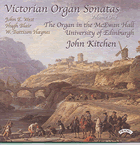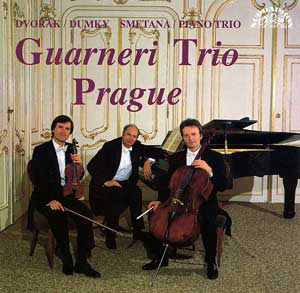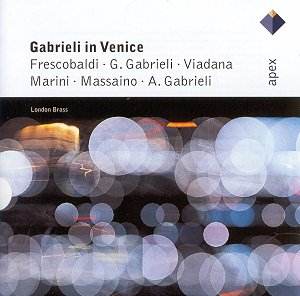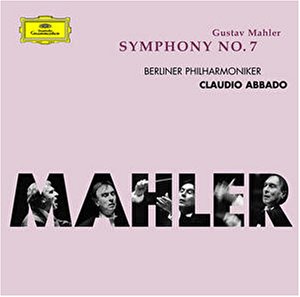 Composer: Various
Composer: Various
Works: John E. West: Sonata in D Minor; Hugh Blair: Short Sonata in G Opus 8/3; W. Battison Haynes: Introduction and Variations on a Ground Bass, Sonata in D Minor
Performers: John Kitchen (organ)
Recording: Hope-Jones organ at Edinburgh University
Label: Priory PRCD 756
The Victorian era in British music, often overshadowed by the towering figures of Elgar and Basil Harwood, is rich with lesser-known gems that merit exploration. This disc, featuring the works of John E. West, Hugh Blair, and W. Battison Haynes, unveils a trove of organ sonatas that reflect the stylistic diversity and burgeoning musical identity of the time. Each piece, while perhaps not groundbreaking, captures the essence of a transitional period in British music, where influences from the continental European tradition began to meld with burgeoning local idioms.
John Kitchen’s interpretations on the Hope-Jones organ offer a compelling portal into this repertoire. West’s Sonata in D Minor opens with a bold declaration, establishing a confident thematic presence that is momentarily softened by a Sullivanesque melody. Kitchen’s articulation here is particularly noteworthy; he imbues the primary theme with a sense of urgency, while the contrasting theme emerges with a lyrical grace that showcases not only the organ’s tonal possibilities but also Kitchen’s nuanced touch. The slow movement, characterized by its sentimental quality, reveals Kitchen’s ability to navigate the emotional landscape, though the final fugue, while competent, leans towards conventionality, lacking the incisive counterpoint one might hope for.
Turning to Blair’s Short Sonata, which, despite its brevity, encapsulates the essence of the composer’s style influenced by Elgar. This sonata plays out in just under twelve minutes, yet it is rich with harmonic exploration. Kitchen’s interpretation leans towards clarity, allowing the broad, lyrical theme of the Lento to resurface effectively in the finale. This moment, a high point of the recording, is executed with a sense of gravity that elevates the work beyond its modest duration. The organ’s registration choices here are commendable, as Kitchen deftly balances the rich sonorities against the piece’s more introspective moments.
W. Battison Haynes rounds out the program with his Introduction and Variations on a Ground Bass and the second Sonata, both of which are characterized by a greater technical confidence and thematic elaboration. Haynes’ Variations display a keen sense of structural integrity, and Kitchen’s performance reflects a deep understanding of the underlying thematic material, navigating the intricate variations with dexterity. The sound quality of this recording captures the organ’s timbral richness, with a clarity that allows for the intricate pedal work to shine through, particularly in the variations that demand considerable technical skill.
The engineering of this recording is commendable, allowing for a well-balanced mix that highlights the organ’s majestic voice without overpowering the subtleties of the music. The informative booklet accompanying the disc provides valuable insight into the instruments and the historical context of each work, enhancing the listener’s experience and understanding.
This exploration of Victorian organ sonatas reveals a wealth of musicality that, while perhaps overshadowed by contemporaries, deserves to be celebrated. John Kitchen emerges as a persuasive advocate for this repertoire, bringing to life works that are rarely performed today. The disc not only enriches our understanding of Victorian music but also sets an enticing precedent for future volumes, making the anticipation for subsequent releases palpable. The revelatory nature of this recording affirms that these compositions hold a place in the organ canon worthy of revival and appreciation.



